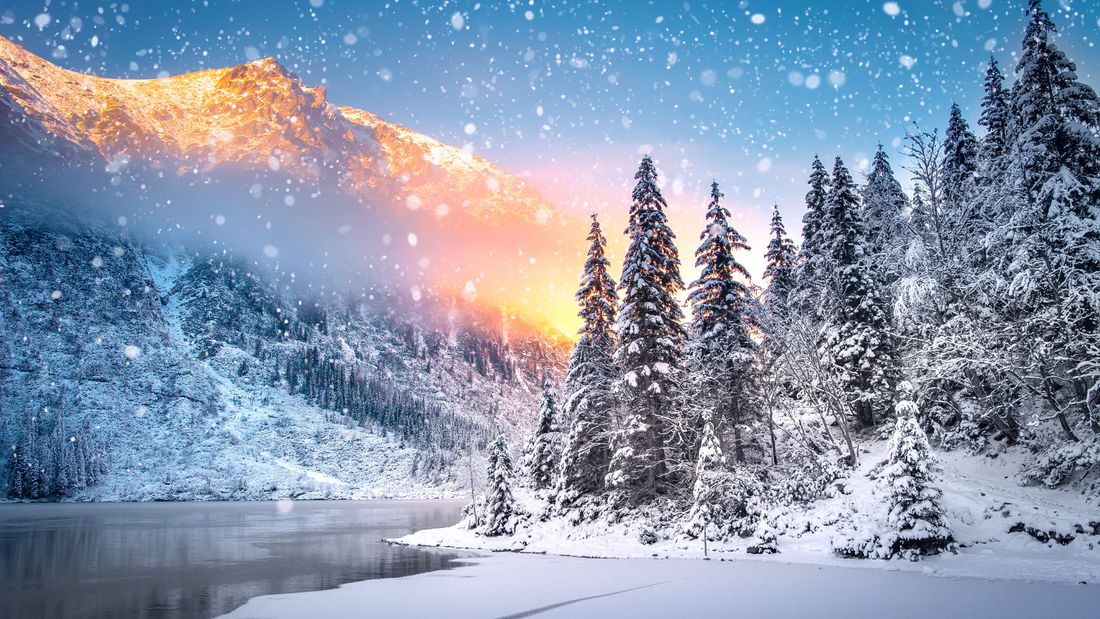
7 Tips to Get Your Home Ready for Winter
As the temperature begins to drop and the days grow shorter, it’s the perfect time to prepare your home for winter. By making a few simple adjustments, you can ensure your home stays warm, comfortable, and energy-efficient during the colder months. Below are seven effective tips to help you get your home winter-ready, making it both cozy and cost-efficient while also keeping you safe and protected from the elements.
1. Inspect Your Heating System
Before the cold really sets in, it’s essential to check your heating system to ensure it’s working correctly. Whether you have a furnace, boiler, or heat pump, get it inspected by a professional to avoid any unexpected breakdowns. A well-maintained heating system is not only more efficient but also safer, as it reduces the risk of carbon monoxide leaks.
- Change the Filters: Regularly changing your air filters is a simple but effective way to ensure your heating system runs smoothly. Dirty filters can make your system work harder, increasing your energy bills.
-
Consider a Thermostat Upgrade: If you don’t already have one, installing a programmable thermostat can be a great investment. It allows you to set the temperature for different times of the day, helping you save on heating costs.
2. Seal Up Drafts and Leaks
Cold air can easily find its way into your home through cracks and gaps, making your heating system work harder than it needs to. Inspect your windows, doors, and even your attic for any drafts or leaks.
- Use Weatherstripping: Apply weatherstripping to doors and windows to block any drafts. This can significantly reduce heat loss and make your home feel warmer.
- Caulk Windows and Doors: For a more permanent solution, use caulk to seal gaps around windows and doors. It’s a simple and inexpensive fix that can go a long way in keeping the cold air out.
-
Insulate Your Attic and Walls: If your home is poorly insulated, now is the time to add insulation, especially in the attic. Heat rises, and without proper insulation, a lot of it can escape through your roof.
3. Clean Your Gutters
Autumn leaves are beautiful, but they can wreak havoc on your gutters. Clogged gutters can lead to water buildup, which can freeze and cause damage to your roof or foundation during winter.
- Remove Leaves and Debris: After the last leaves have fallen, take the time to clean out your gutters. Clear gutters ensure that melting snow and rainwater can flow freely, preventing ice dams and potential leaks.
-
Install Gutter Guards: If you want to make life easier, consider installing gutter guards to prevent leaves from clogging your gutters in the future.
4. Check Your Chimney and Fireplace
If you’re lucky enough to have a fireplace, make sure it’s in good working order before lighting that first cozy fire of the season.
- Inspect and Clean: Have your chimney inspected and cleaned by a professional to remove soot and debris, which can be a fire hazard. A clean chimney also ensures proper ventilation when you’re burning logs.
-
Check the Damper: Ensure the damper opens and closes properly to prevent cold air from entering when the fireplace is not in use.
5. Protect Your Pipes from Freezing
Frozen pipes can lead to bursts and costly water damage, so it’s essential to protect them before temperatures drop too low.
- Insulate Pipes: Insulate any exposed pipes in unheated areas like your basement, attic, or crawl space. Foam pipe insulation is an affordable solution that can help prevent freezing.
- Let Faucets Drip: In extreme cold, let your faucets drip slowly to prevent water from freezing in the pipes. Moving water is less likely to freeze, which can save you from a plumbing disaster.
-
Disconnect Outdoor Hoses: Remove and store any garden hoses and shut off outdoor water spigots to prevent freezing.
6. Test Smoke and Carbon Monoxide Detectors
With the increased use of heating systems, fireplaces, and space heaters in winter, the risk of fire and carbon monoxide poisoning goes up.
- Check Batteries: Make sure all smoke and carbon monoxide detectors are functioning properly. Replace the batteries if necessary, and test each one to ensure it’s in good working order.
-
Install Detectors if You Don’t Have Them: If your home doesn’t already have carbon monoxide detectors, now is the time to install them, especially near bedrooms and on every level of your home.
7. Prepare for Winter Storms
Winter weather can be unpredictable, so it’s important to be prepared for snowstorms or power outages.
- Stock Up on Supplies: Make sure you have an emergency kit that includes essentials like flashlights, batteries, blankets, bottled water, and non-perishable food items. A battery-powered radio can also be helpful in case of power outages.
-
Service Your Snow Removal Equipment: Whether you use a snow blower or a trusty shovel, make sure your snow removal tools are in good working condition. Keep ice melt or rock salt on hand to keep walkways and driveways clear and safe.
Final Thoughts
Getting your home ready for winter doesn’t have to be a daunting task. By following these simple tips, you can ensure your home stays warm, safe, and efficient all season long. Taking the time to inspect your heating system, seal drafts, clean gutters, and prepare for winter storms will save you both time and money in the long run, and make those cold winter nights a little more enjoyable. So, get ready to cozy up, stay warm, and enjoy the season knowing your home is well-prepared!
